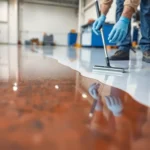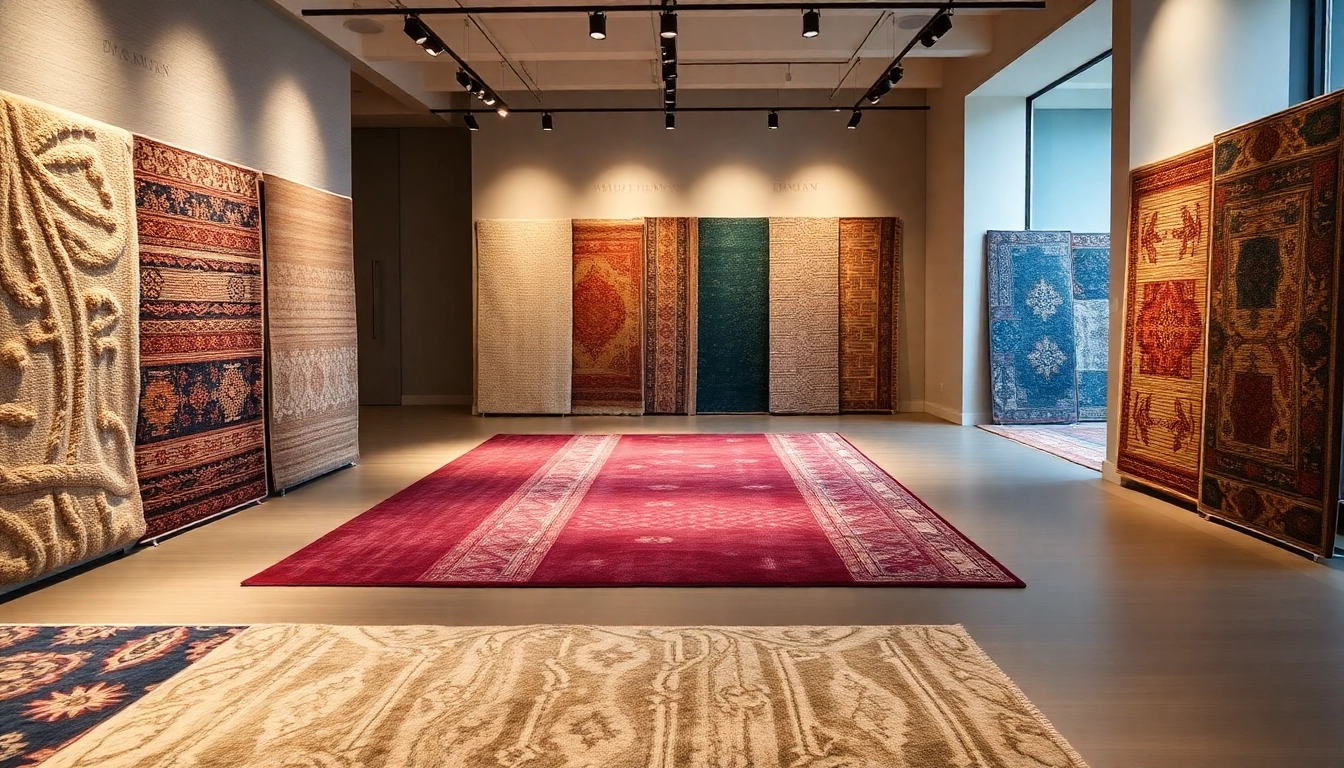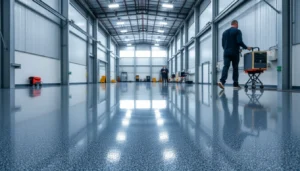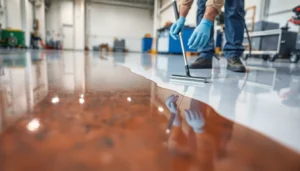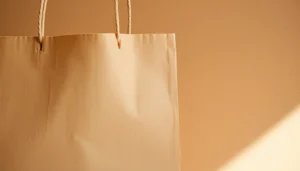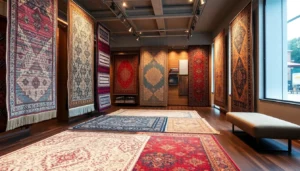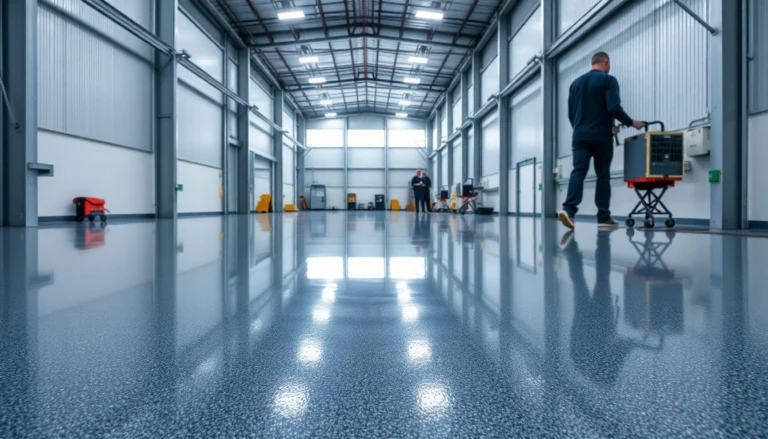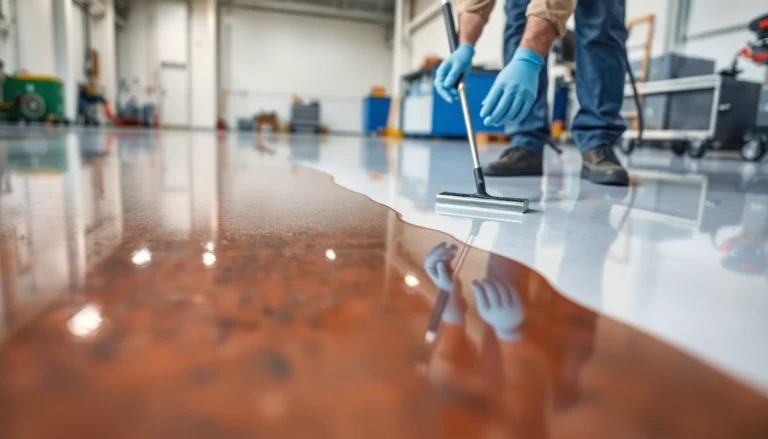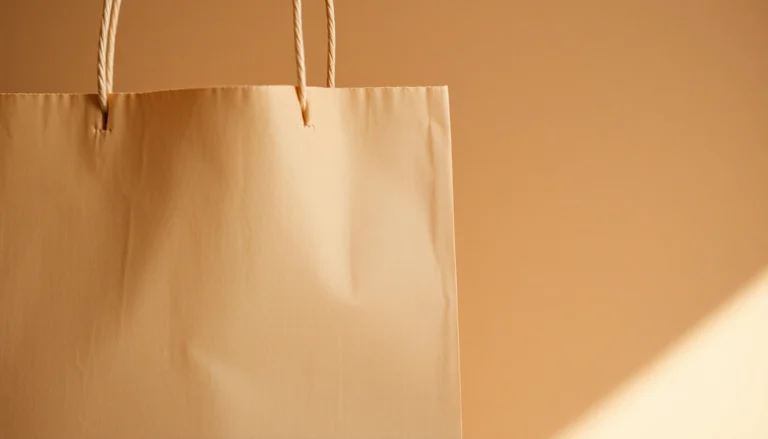Understanding the Tappeti a Milano Market
Milano stands as an international hub of design, luxury, and cultural diversity, making it an ideal city for a vibrant and ever-evolving tappeti (rugs and carpets) market. For both residents and visitors, the city’s fascination with high-quality, aesthetically pleasing, and culturally rich floor coverings is evident through the multitude of stores, showrooms, and ateliers scattered throughout its neighborhoods. The popularity of Tappeti a Milano reflects a deep appreciation for craftsmanship, tradition, and innovation in textile arts.
The city’s historical evolution in rug artistry can be traced back to its ancient trading routes, which facilitated cultural exchanges bringing Persian, Anatolian, Caucasian, and Chinese influence into local design. Over time, Milano has cultivated a unique blend of traditional craftsmanship and modern design, resulting in a dynamic market where antique pieces coexist harmoniously with contemporary creations. Today, enthusiasts and collectors can find a diverse range of options, from authentic antique Persian rugs to cutting-edge modern geometrical designs, each meeting different aesthetic needs and lifestyle preferences.
In addition to aesthetic appeal, Milano’s strategic position and cosmopolitan lifestyle have made it a key destination for international sourcing, restoration, and customization of tappeti. The city hosts numerous specialists in rug restoration, cleaning, and bespoke tailoring, ensuring that each piece remains a valuable asset for its owner. This multi-layered ecosystem helps maintain high standards of quality and authenticity, elevating Milano’s reputation as a global center for fine rugs.
Types of Tappeti Available in Milano
The variety of tappeti available in Milano is truly impressive, catering to a wide spectrum of tastes, budgets, and interior styles. These offerings can be broadly categorized into:
- Persian Rugs: Renowned for their intricate knotting, rich dyes, and artistic motifs, Persian rugs like Tabriz, Nain, and Kashan are highly sought after for their durability and timeless appeal. They are often considered investment pieces and are prized for their craftsmanship.
- Oriental Rugs: Encompassing rugs from regions like Turkey, Caucasus, and Central Asia, these pieces feature bold geometric patterns and vibrant colors, often reflecting nomadic traditions.
- Modern and Contemporary Rugs: Characterized by abstract designs, minimalism, and innovative use of materials, these tappeti cater to modern interior aesthetics and often feature geometric patterns or monochromatic palettes.
- Kilim and Flatweave Rugs: Known for their lightweight, reversible, and bold motifs, Kilims are woven rather than knotted, offering a more affordable and versatile styling option.
- Vintage and Antique Rugs: These pieces not only serve as decorative elements but also as artifacts bearing stories of their origins. Milano’s dealers and collectors often trade in authentic antique rugs dating back several centuries.
The selection is complemented by handmade Chinese, Indian, and Caucasian carpets, alongside innovative designer collaborations, ensuring a comprehensive offering for every preference.
Current Trends in Tappeti Design and Style
The tappeti scene in Milano is dynamic, constantly moving with global design trends and local innovation. Currently, several exciting trends are shaping the market:
- Minimalist and Monochrome Designs: Clean lines and neutral tones are dominating, especially in modern apartments, allowing tappeti to serve as subtle or statement pieces.
- Geometric Patterns: Inspired by Scandinavian and Bauhaus influences, geometric motifs are versatile and popular across both contemporary and transitional interiors.
- Nature-Inspired Motifs: Botanical and animal motifs, along with natural dyes like indigo, earth tones, and vegetable-based pigments, emphasize sustainability and organic aesthetics.
- Heritage Revival: Traditional Persian and Caucasian patterns are being reinterpreted with vibrant color palettes and contemporary scales, appealing to a broader audience.
- Eco-Friendly Materials: There is a growing emphasis on sustainable production, using organic wool, plant-based dyes, and eco-conscious manufacturing practices.
Moreover, bespoke and customizable options are expanding, allowing clients to tailor designs to their specific interior themes, making each tappeto not just a decorative piece but a personal statement.
How to Choose the Perfect Tappeti a Milano
Assessing Size, Pattern, and Color Compatibility
Choosing the right tappeto begins with evaluating your space. Measure your room carefully to determine the ideal rug dimensions—consider leaving at least 18-24 inches of bare floor around the edges for balance. The pattern and color should complement your existing furniture and décor; for instance, a bold geometric rug pairs well with minimalist furniture, while intricate Persian designs harmonize with classic interiors. To visualize the impact, use digital tools or lay out temporary paper patterns.
Quality Indicators and Craftsmanship Details
High-quality tappeti display consistent knot density, with knot counts often per square inch serving as a quality benchmark. Hand-knotted rugs feature irregularities that attest to craftsmanship, while machine-made options exhibit uniformity. Materials such as pure wool, silk, and natural dyes guarantee durability and vibrancy. Seams and fringes should be neatly finished, with no loose threads or uneven edges indicating poor craftsmanship.
Matching Styles with Interior Design Themes
Aligning your tappeto with your interior style enhances cohesion. Classical interiors benefit from ornate Persian or Caucasian rugs, whereas modern spaces favor minimalist designs with subtle colors or geometric patterns. Eclectic styles can creatively mix vintage and contemporary pieces, and outdoor or casual settings might incorporate Kilims or flatweaves for resilience and ease of maintenance.
Buying Tips for Tappeti a Milano
Where to Find Authentic and High-Quality Tappeti
Milano offers numerous specialized stores, showrooms, and online platforms to acquire authentic tappeti. Renowned establishments like Artorient Milano showcase extensive collections, from contemporary designs to antique masterpieces. Additionally, brands such as Cohen Tappeti, Zal Tappeti Milano, and Tappeti Milano (via Azerbaijan) provide expert guidance and personalized service. When shopping, inquire about documentation, provenance, and certifications to ensure authenticity.
Understanding Price Ranges and Value
Pricing varies significantly based on factors like age, provenance, craftsmanship, and materials. Authentic Persian and antique rugs can range from several thousand to hundreds of thousands of euros, reflecting their rarity and artistry. Modern and machine-made carpets are more accessible, with prices starting from a few hundred euros. Assess the rug’s condition, knot density, and originality to evaluate value. Remember, a higher investment often translates to better durability and aesthetic longevity.
Importance of Expert Consultation and Customization Options
Engaging with rug experts ensures you make informed decisions. Many Milanese dealers offer consultation services, helping clients select pieces that match their style, size, and budget. Customization options, including tailored sizing, personalized designs, and specific color schemes, are increasingly available, allowing you to own a truly unique piece that complements your space perfectly.
Maintaining and Restoring Tappeti a Milano
Best Practices for Cleaning and Care
Proper maintenance preserves the beauty and value of tappeti. Regular vacuuming with a gentle brush attachment prevents dirt buildup, while immediate stain removal minimizes damage. Avoid direct sunlight, which can fade dyes over time. For deep cleaning, professional services using cold water and environmentally friendly detergents are recommended. It’s essential to avoid DIY cleaning methods that could inadvertently harm the fibers or dyes.
Restoration Services to Preserve Value and Beauty
Milano boasts several specialists in rug restoration, capable of repairing worn fringes, restoring dyes, and reweaving damaged areas. Techniques include knot repair, re-dyeing, and backing reinforcement—methods that can extend a rug’s lifespan significantly. Engaging experienced restorers helps maintain authentic features and maximizes a rug’s resale value.
DIY Tips vs Professional Restoration
While minor maintenance, like vacuuming or gentle spot cleaning, can be DIY, complex restoration tasks require professional intervention. Attempting extensive repairs without proper skills can diminish a rug’s integrity and value. Always consult certified artisans or restoration specialists for significant work to ensure the preservation of your investment.
Enhancing Your Space with Tappeti a Milano
Creative Placement and Layering Ideas
Optimal placement depends on room size and function. Large rugs can anchor living rooms, while smaller pieces define seating or dining areas. Layering rugs—placing a smaller, decorative rug over a larger neutral one—adds depth and texture. For high-traffic areas, consider low-pile or flatweave rugs for ease of cleaning.
Combining Different Styles for Unique Aesthetics
Mixing vintage and modern tappeti creates an eclectic look that emphasizes your personality. Complementing traditional Persian rugs with contemporary furniture can produce a harmonious contrast. Utilizing different patterns, textures, and color palettes allows for personalized expression tailored to your style preferences.
Case Studies: Successful Interior Integrations
A Milanese interior designer transformed a minimalist loft by adding a large, richly colored Persian rug, creating warmth and character. In another example, a vintage Kilim layered with a modern white sofa enhanced a Scandinavian-inspired decor, demonstrating how strategic rug choices elevate overall aesthetics and comfort.


